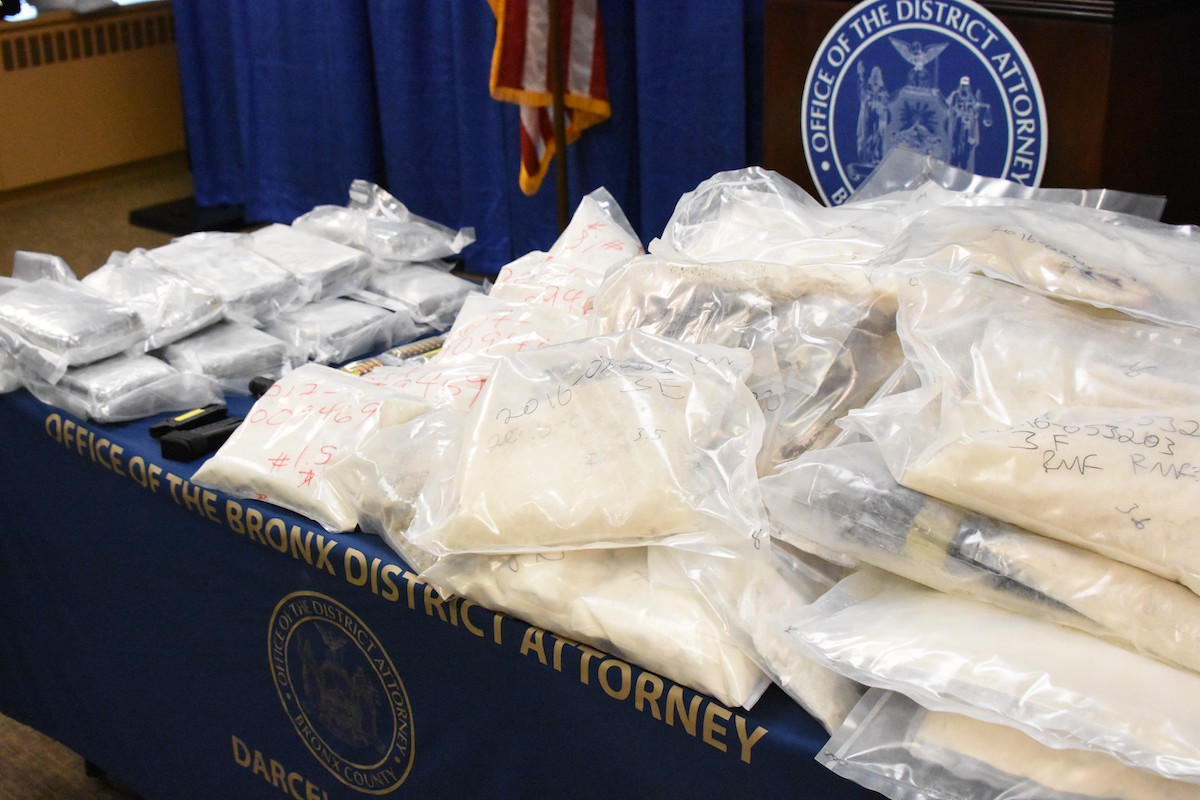Xylazine, a widely-used veterinary anesthetic, has become increasingly common in unregulated drug supplies in the United States. When combined with opioids, xylazine makes their effects last longer and extends feelings of euphoria. It may also increase a person’s risk of overdose, and can cause severe skin wounds and respiratory issues, among other harms.
Many people may not know that the substances they buy, including common opioids, contain xylazine. Since the COVID-19 pandemic, it has become increasingly prevalent in certain parts of the country. In Philadelphia, for example, xylazine has been found in 90 percent of street fentanyl samples.
This situation demands that the government act thoughtfully to protect public health. History shows us that typical drug war responses of criminalization will not reduce overdose rates, though will create additional harms.
The Combating Illicit Xylazine Act is gaining political momentum. But it will not keep people safe.
Yet Congress’s main plan to address the threat of xylazine in the US drug supply is the Combating Illicit Xylazine Act. This bill is gaining political momentum. But it will not keep people safe. It extends the drug war by making human use of xylazine illegal and applying criminal penalties—all without consulting health experts.
Usually, when the government wants to ban a substance, the Department of Health and Human Services must study it first. The department follows an eight-step research process to determine the drug’s risks and medical value, and these findings ultimately influence any criminal punishments applied to possession, use and distribution.
The Combating Illicit Xylazine Act side-steps this process. It lets Congress cherry-pick criminal penalties without listening to experts, and sets a precedent for criminalizing future substances without accounting for science.
In addition to being anti-science, this bill is dangerous because it criminalizes a drug without addressing the typical circumstances of its use.
In the vast majority of cases, criminalizing xylazine will only add further charges against people already facing opioid-related charges.
Criminalization of xylazine is particularly egregious and redundant because most people consume it accidentally. Additionally, up to 99.5 percent of unregulated xylazine is found mixed with fentanyl—which is already illegal when used without a prescription.
This means that in the vast majority of cases, criminalizing xylazine will only add further charges against people already facing opioid-related charges.
We know what this will do. Since 1971, when the government launched the “War on Drugs,” harsh laws have consistently backfired. Incarceration rates have skyrocketed, drug use has not declined, and overdose deaths have increased practically every year.
Punishing people for using drugs does not help them to stay safe, nor to overcome substance use disorder. Instead, attaching criminal-legal threats to substance use makes people afraid to seek help, and encourages them to buy and use drugs in riskier ways.
In an unprecedented crisis of overdose deaths, we must not repeat the mistakes that led us here. In addressing the emergence of xylazine, we have the chance to take an approach that can instead make a positive difference—one based on harm reduction, science and humanity.
Rather than criminalizing xylazine, we must treat it as a public health issue. Congress could do this by supporting the following:
* Research: Investing in work to scientifically understand xylazine and its effects, including into medications to treat xylazine withdrawal.
* Drug Checking: Providing services that help people identify whether their drugs contain xylazine, including in real-time situations.
* Education: Training healthcare professionals to recognize and treat xylazine skin wounds and other harms.
* Overdose Prevention: Teaching first responders and community members how to care for a xylazine-fentanyl overdose, and researching overdose-reversing medication for xylazine.
* Harm Reduction: Making sure that people who use drugs have access to harm reduction services, including overdose prevention centers. Connecting at-risk people with support systems, rather than arresting them.
For 50 years, the United States has clung to the same broken drug policies. With thousands dying of overdose every month and hundreds of thousands incarcerated for drugs, we continue to arrest people for drug use instead of helping them.
This strategy does not work, and 85 percent of Americans now call it a failure.
Despite its heavy toll on our communities, xylazine presents an opportunity to begin centering public health in drug policy. We cannot afford to waste it.
Photograph of seized fentanyl and heroin via the Drug Enforcement Administration/Public Domain
The Drug Policy Alliance, where the author interns, previously provided The Influence Foundation, which operates Filter, with a restricted grant to support a Drug War Journalism Diversity Fellowship.





Show Comments